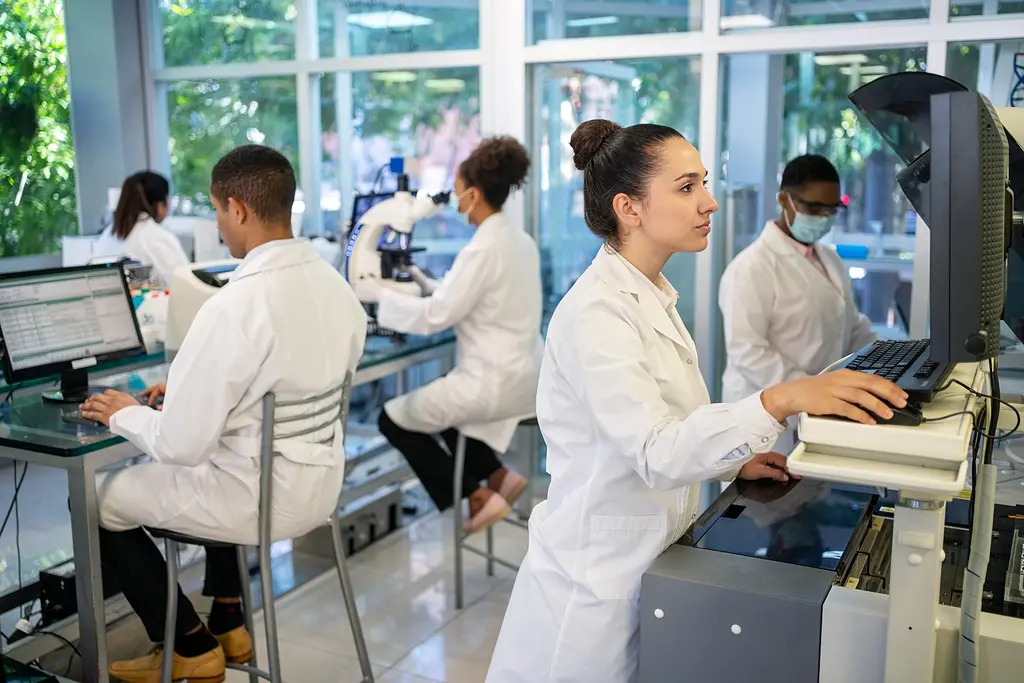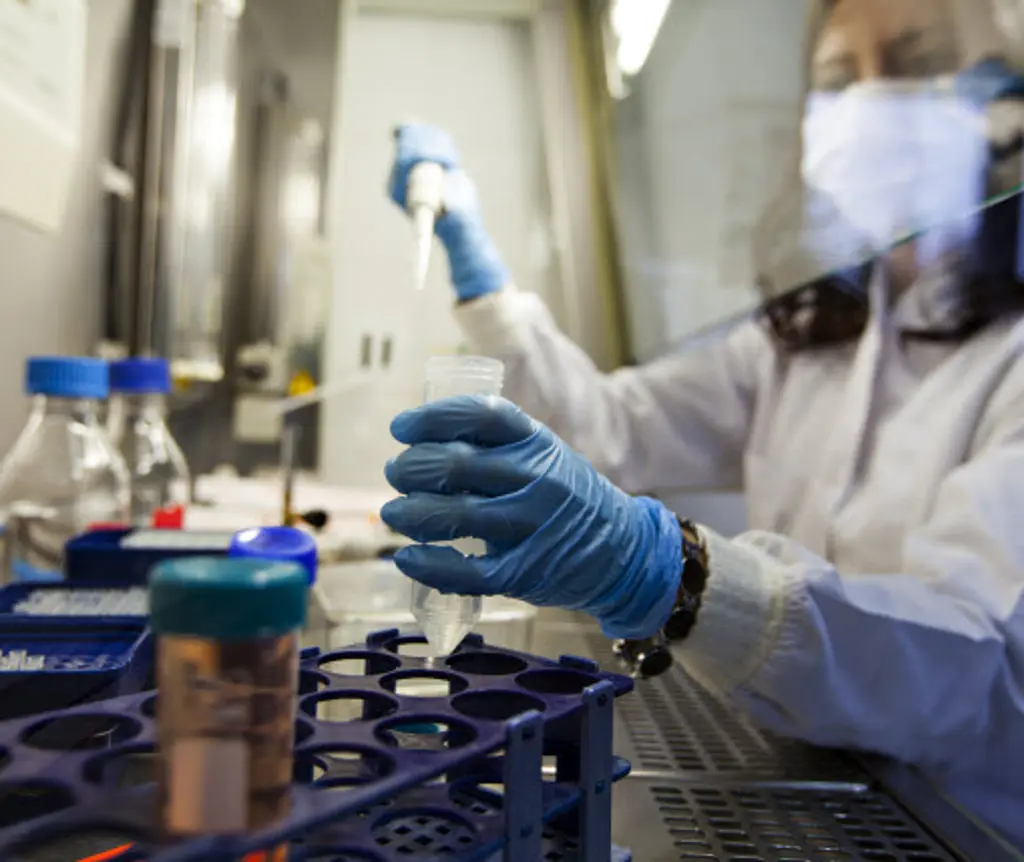
Merriam-Webster defines People of Color (POC) as: 1) a person whose skin pigmentation is other than and especially darker than what is considered characteristic of people typically defined as white , 2) a person who is of a race other than white or who is of mixed race.
This three-part blog series on POC in forensics will (1) examine the landscape of POC in forensics, (2) explore why POC are underrepresented in forensics, and (3) propose a path forward to increase representation.
The Landscape of POC in Forensics
“Wow, you’re a scientist?! I have never met a Black scientist before.” Comments like these are often heard by POC who have chosen to pursue a career in science, technology, engineering, and mathematics (STEM) fields. Black and Hispanic people make up 13.6% and 18.9% of the U.S. population, respectively. Yet, according to a 2021 research study by the Pew Research Center, they account for only 9% and 8% of the workforce in STEM fields, compared to White and Asian workers who make up 67% and 13%, respectively. Put simply: greater diversity is critically needed in STEM fields. Forensic science, which gained notoriety in the early 2000s because of television shows such as CSI and Forensic Files, similarly suffers from a lack of diversity. Representation of POC in this often-glamorized profession is not only very limited but also underdiscussed.
Forensic science is the application of scientific methods to analyze and examine criminal and civil laws. Forensic scientists conduct research and use natural and physical science to provide scientific evidence to support their findings. Forensic science refers broadly to a group of disciplines that use STEM principles to examine evidence. For this reason, STEM majors represent a large segment of practicing forensic scientists.
Forensic science disciplines include DNA analysis, fingerprint analysis, blood stain pattern analysis, firearms examination and ballistics, tool mark analysis, serology, toxicology, hair and fiber analysis, entomology, questioned documents, anthropology, odontology, pathology, epidemiology, footwear and tire tread analysis, drug chemistry, paint and glass analysis, digital audio video and photo analysis.
Lack of Data Reveals Diversity Gap in Forensic Science
One significant hurdle to a more diverse workforce within forensic science is the lack of data on who works in the field. Unlike other fields, like law enforcement, no comprehensive source of demographic data exists for the forensic science workforce. Despite the limited data, there are signs that the forensic science field suffers from a lack of diversity within and across many subdisciplines. For example, a recent study using data from the 2020 American Community Survey to estimate the racial diversity of forensic science-related occupations (i.e., occupational categories in the survey that included forensic scientists) found that Asian people are overrepresented across most forensic science occupations, whereas Black, Hispanic, and Indigenous people are underrepresented. Although these findings cannot be applied directly to forensic science, because the data extended beyond the field of forensic science, they suggest that a similar racial breakdown exists in forensic science.
One benefit of a diverse working environment is that it bolsters a robust research perspective that captivates a wider audience. It also has been documented that more diverse research groups produce approximately 10% more citation counts than research groups lacking diversity across their teams.
Implicit Bias, Structural Racism, and the Leaky Pipeline
As forensic scientists, and as POC, we have explored explanations for the lack of diversity in forensic science. Three major explanations emerged:
- Implicit bias
- Structural racism
- The leaky pipeline theory
Kathleen Osta and Hugh Vasquez of the National Equity Project suggest that implicit bias stems from the association of stereotypes or attitudes toward certain groups. Structural racism refers to the racial bias that cumulatively shapes the societal practices that influence history, culture, ideology, and the interactions of institutions and policies that typically favor White individuals and disadvantage POC. The leaky pipeline theory suggests that POC are often impacted by negative stereotypes, exclusion, and hostile environments through the educational system, leading to discouragement and subsequent exit from the STEM career pathway. Most forensic scientists obtain STEM degrees in either chemistry or biology. Since a subset of individuals that major in STEM-related subjects become forensic scientists, any decrease in POC pursuing STEM degrees may negatively impact the number of POC in forensic science occupations.
Our next post will explore how these three issues contribute to underrepresentation of POC in forensics.
Learn more about RTI's work in equity-centered research and our Transformative Research Unit for Equity (TRUE).



